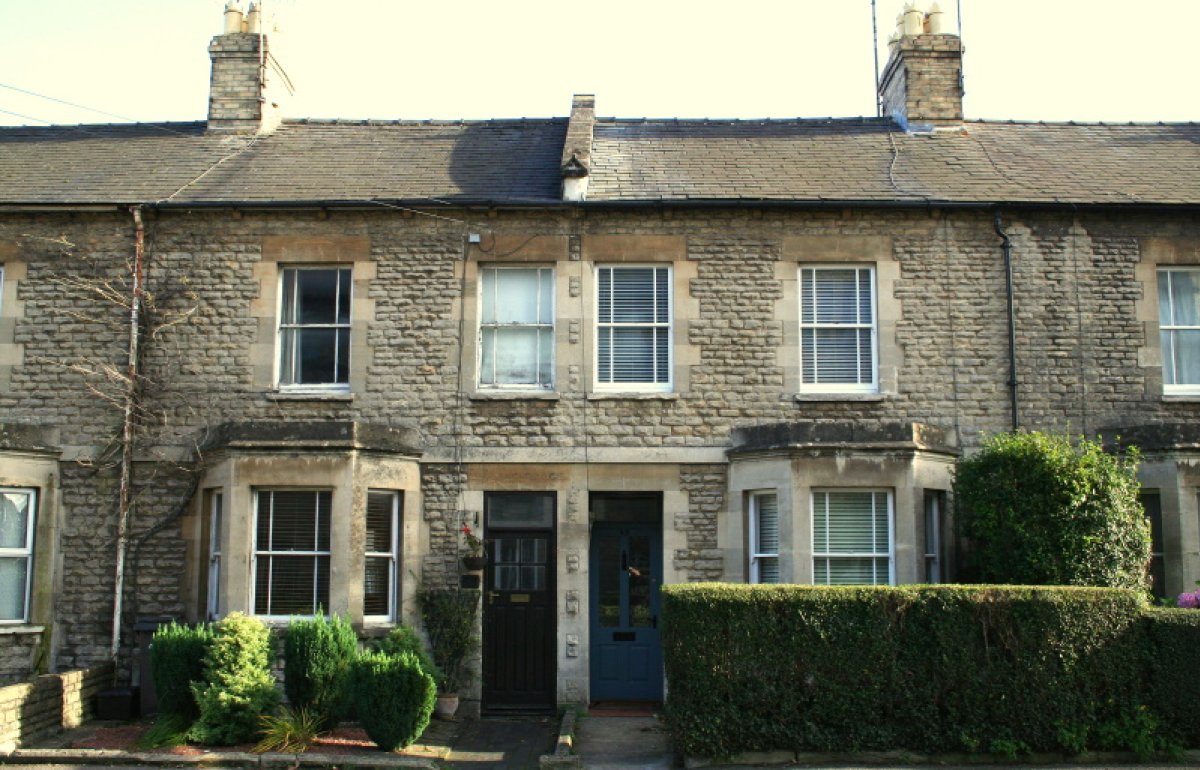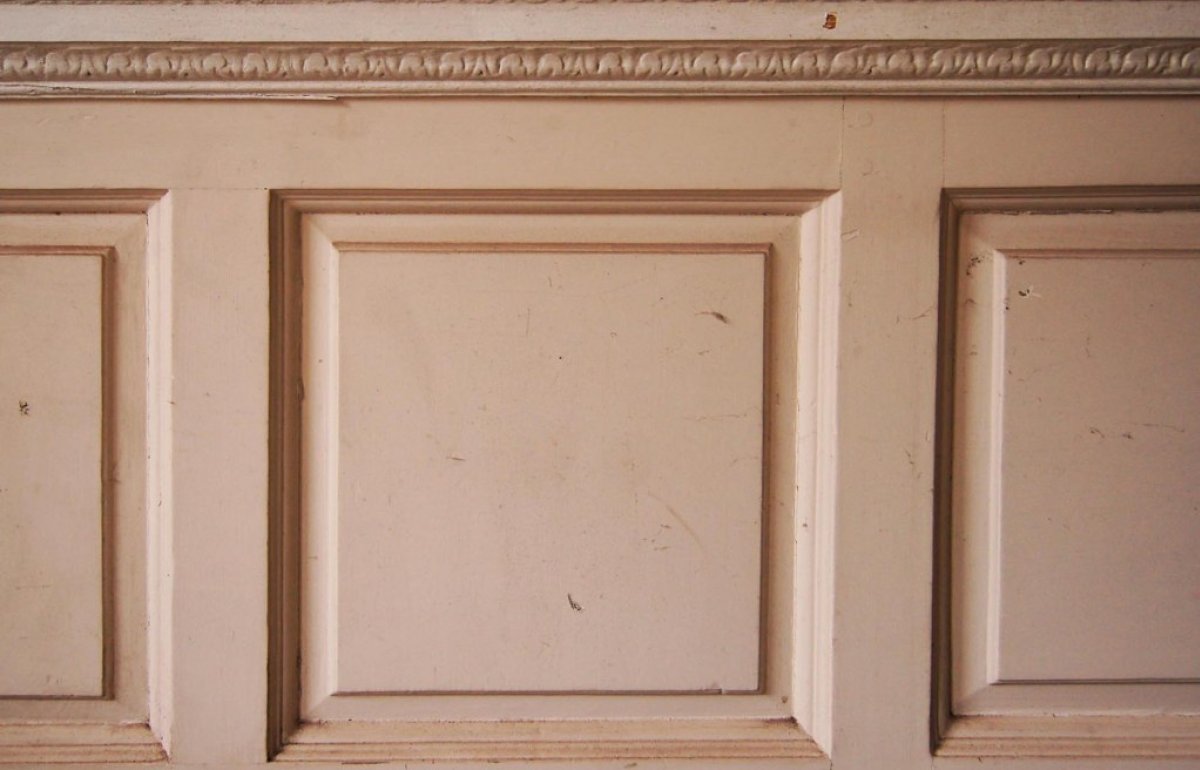Timber floor structures
Sometimes strengthened without good reason, or destructively levelled out, old floors are an oft-abused treasure. This article explains how best to treat them.
What problems typically arise with old timber floor structures?
Timber floor structures may develop excess sagging or springiness because of:
- Beetle or fungal attack in joists and beams (particularly where pocketed into damp walls or chimney stacks, or if ventilators are blocked).
- Distortion or fracturing of joists and beams (for example, due to the addition or removal of walls, excessive notching for pipes or cables, inadequate size or overloading).
- Defects in the supporting building structure (such as wall movement).
Ensure that the cause of any problems is addressed when repairing a floor. Providing a sagging floor is structurally sound, it does not necessarily require levelling. Should the floor slope uncomfortably, however, the insertion of tapered lengths of timber along joists or reversible new flooring over the boards can create a level surface without more invasive structural work.
Presumably it is better to repair or strengthen old beams and joists than replace them?
The repair of old beams and joists is preferable to their replacement. Even if they are hidden, beams, joists and other components of floor structures can frequently still contribute to the authenticity of an old building and be capable of repair or upgrading. While conventional carpentry techniques will usually be suitable, strengthening using steel may be justified where it allows more timber to be retained than would otherwise be possible. Use resins and consolidants only with great care. For advice on any major work, consult a suitably qualified structural engineer.
Floors are often strengthened unnecessarily, especially during conversions. Avoid the indiscriminate application of standard design loadings, position the heaviest loads carefully and remember that a detailed inspection and common sense may be more valuable than computer analysis. As a last resort, load testing can determine the adequacy a floor structure.
How might an old timber floor be strengthened?
A beam can be reinforced by inserting a steel ‘flitch’ plate into a slot cut vertically along the centre and extending into sound timber at each end. The plate is secured with bolts fixed horizontally. Other methods include the addition of a truss (formed as a girder alongside a beam or within a partition above), extra beams or floor joists, hangers connecting to the structure above (possibly concealed within a new partition) or columns beneath the floor. New steel may require fire protection.
Strength can sometimes be reinstated to excessively notched joists by inserting opposing timber wedges above pipes, or screwing or bolting steel strips to the sides of the thinned section below. Services might be rationalised and/or relocated to allow the patching of notches with matching new timber, glued and screwed into place.
How might I stiffen a springy floor?
While the aforementioned methods of strengthening will reduce springiness, a floor may just lack rigidity rather than strength. In this case, simple improvements can commonly be made by enhancing joints with steel brackets, inserting herringbone (criss-cross) strutting or nogging pieces between joists, or overlaying the structure with plywood sheeting securely screwed (not nailed) to all the joists at something like 300 mm centres.
How can I repair rotten beam or joist ends?
It may be appropriate to ‘partner’ the ends of rotten timbers hidden from view with new ones alongside. Other techniques for supporting decayed ends involve using purpose-made steel cradles, sandwiching short steel flitch plates vertically within the timber or building in new corbels that project below. A further method is to cut back the unsound material and scarf on short lengths of matching new timber held with stainless steel bolts. The new timber can be isolated from damp masonry with an air gap at least 25 mm wide or a membrane.
Where the ends of joists are slipping out of their housings in beams, this can be overcome by fixing short steel plates to provide support from above, screwing timber blocks to the side of the timber below to increase the bearing surface or by attaching joist hangers.
English Heritage (2012) Timber, Practical Building Conservation, Farnham: Ashgate Publishing Ltd


